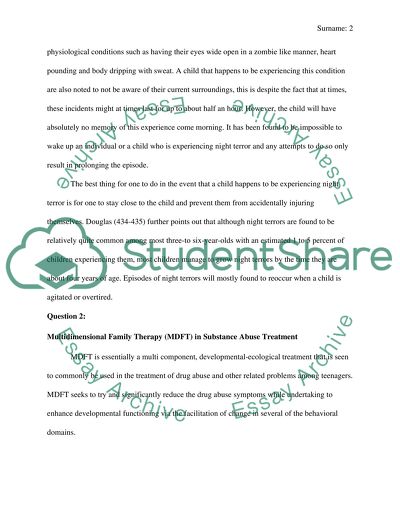Cite this document
(“Abnormal Psychology:The Difference between Nightmares and Night Essay”, n.d.)
Retrieved from https://studentshare.org/psychology/1487932-abnormal-psychology
Retrieved from https://studentshare.org/psychology/1487932-abnormal-psychology
(Abnormal Psychology:The Difference Between Nightmares and Night Essay)
https://studentshare.org/psychology/1487932-abnormal-psychology.
https://studentshare.org/psychology/1487932-abnormal-psychology.
“Abnormal Psychology:The Difference Between Nightmares and Night Essay”, n.d. https://studentshare.org/psychology/1487932-abnormal-psychology.


